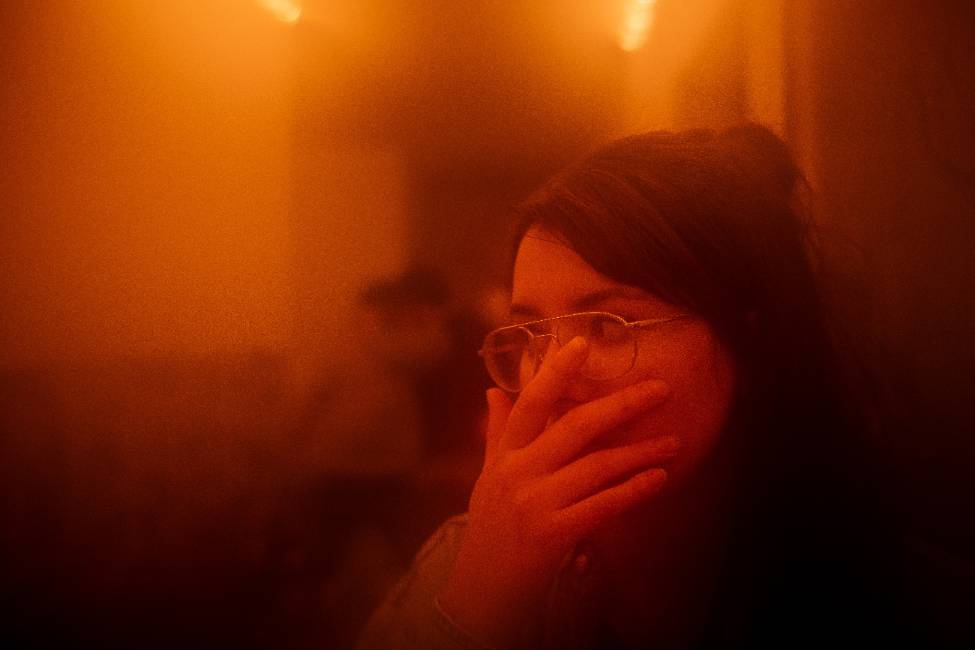Spooky or Terrifying? When Fear Turns to Phobia
by Cassidy Brydon, FAU Graduate Student | Thursday, Oct 31, 2019
I’ve been scared of snakes all my life. It's actually rather embarrassing. I can’t walk through the reptile exhibit at the zoo. I can barely make it through the Basilisk and Nagini scenes in Harry Potter. All my friends and family refer to snakes as “danger noodles” when I’m around. Above it all, I can distinctly remember the moment in my life where snakes went from giving me the heebeegeebees to making me panic. This distinct difference separates a fear from a phobia.
Phobia, as defined by the DSM-5, includes fear and/or anxiety due to exposure that is seen as excessive. People who have a phobia actively avoid the object of their fear or endure the exposure with distress. Phobia also involves viewing the fear as impairing or distressing. Phobia becomes a phobia after at least 6 months of symptoms and when people start viewing their level of fear as life affecting, embarrassing, or upsetting. Phobias include agoraphobia (fear of escapeless situations), acrophobia (fear of heights), arachnophobia (fear of spiders), claustrophobia (fear of confined/crowded spaces), hemophobia (fear of blood), hydrophobia (fear of water), and ophidiophobia (fear of snakes).
My fear became a phobia in high school when my heebeegeebees turned into a panic attack and proceeding anxiety anytime I even thought about a snake. My fear became excessive, in my mind. I was embarrassed by my fear and really wanted to not be so scared. I wish I could tell you that I’ve gone to therapy and worked on my phobia but I haven’t. I hope to one day overcome this phobia but, to date, I have not.
Treatment for phobia typically focus on exposure therapy. Exposure therapy is a practice used by clinicians that gradually increase exposure to the object of your fear. Patients would start with a low exposure (e.g. seeing a picture or video of the object on a computer or tablet) and slowly work their way up to higher exposure (e.g. sitting in the same room as the object, touching the object). Exposure therapy is often coupled with calming techniques like mindfulness and breathing techniques. This practice is hardly the only option available but it is one of the most common and effective.
Fear and phobia are linked by definition. With the spooky season upon us, learning more about the thin line between fear and phobia is worth it. Please remember to be sensitive to others' fears and phobias during this season.